
5 things to know about Winnipeg’s big sewage problem
115 billion litres, 70 years to fix, $5.5 billion in lawsuits
Get the inside scoop on The Narwhal’s environment and climate reporting by signing up for our free newsletter.
The Federal Court dismissed a claim that Canada breached the Species At Risk Act when it approved a megaport expansion in Metro Vancouver in early 2023. In the decision, dated Jan. 10, the judge disagreed with a group of environmental organizations that cabinet failed to meet obligations to endangered species law.
The Roberts Bank Terminal 2 expansion is set to grow the Port of Vancouver’s imprint on the Fraser estuary, a biodiversity hotspot in Delta, B.C. The $3.5-billion expansion is expected to impact Chinook salmon and, in turn, negatively impact endangered southern resident killer whales that rely on Chinook. There are only 72 whales left, after two died in November.
“Even since this case was filed and was heard the population has declined further,” Dyna Tuytel, a lawyer with the environmental law charity Ecojustice, said. “This is a really urgent and critical situation.”
In the project’s environmental impact assessment, scientists concluded the expansion will cause environmental impacts that “cannot be mitigated.” Environment Minister Steven Guilbeault agreed with this finding, but said the project was “justified” under the circumstances. He approved it in April 2023 as long as it met 370 conditions — the largest number of legally-binding conditions for a project to date.
Ecojustice, representing a coalition of environmental groups, argued the federal government breached the Species At Risk Act by allowing destruction of habitat for the endangered orcas, filing for a judicial review in May 2023 which went to court last year.
With this challenge quashed, the federal government and the Vancouver Fraser Port Authority, a federal agency, will continue the permitting process to get the new berth built.
Tuytel said that includes securing a permit under the Species At Risk Act, and she argues the project could still be halted in that process.
“It ultimately can’t get those [permits] if the project will jeopardize the southern resident killer whales’ survival and their recovery,” she said. “That means that this project can’t ultimately be built unless the [port authority] can come up with more mitigation.”

Guilbeault’s office did not respond in time for publication.
The port authority said the decision “reaffirms the rigor of the federal environmental assessment process that Roberts Bank Terminal 2 went through.”
“Roberts Bank Terminal 2 is vital to support Canadian trade and our shared prosperity. We are advancing the project in an environmentally responsible way that reflects First Nations’ priorities and supports Canada’s future trade needs,” it told The Narwhal in an email.
The port is in the Fraser estuary, where the river meets the Pacific Ocean. Chinook salmon that are still too young and small to thrive in the open sea use the shallow estuary to feed and grow while adjusting to salt water. The rich soil and water also supports migratory birds like western sandpipers.
A 2022 study found 102 species in the Fraser estuary are at risk of local extinction between now and 2045. The Fraser River is Canada’s largest producer of Chinook salmon, but it has already lost 85 per cent of its salmon habitat, and the terminal expansion would deplete an additional 177 hectares. The port authority has committed to restoring 86 hectares of salmon habitat in other areas, but critics including Misty MacDuffee, a biologist with Raincoast Conservation Foundation, have argued this doesn’t make up for the negative impact on juvenile salmon.
Ecojustice is representing the David Suzuki Foundation, Georgia Strait Alliance, Raincoast Conservation Foundation and the Wilderness Committee in their bid to halt the expansion.
In another effort to stop the project, in June 2024 some of the organizations also requested fisheries minister Diane Lebouthillier and Guilbeault recommend an emergency order to protect southern resident killer whales.
In response to the request, Fisheries and Oceans Canada and Parks Canada did an assessment and, in December 2024, determined southern resident killer whales still face “imminent threats” to recovery and survival. They concluded there have been “no significant changes” in the threats the whales face, despite the implementation of measures in 2018 to improve their conditions. (The assessment added the caveat it may be too early to see effects of those measures, since southern resident killer whales are slow to reproduce and “recovery of the species takes some time.”)
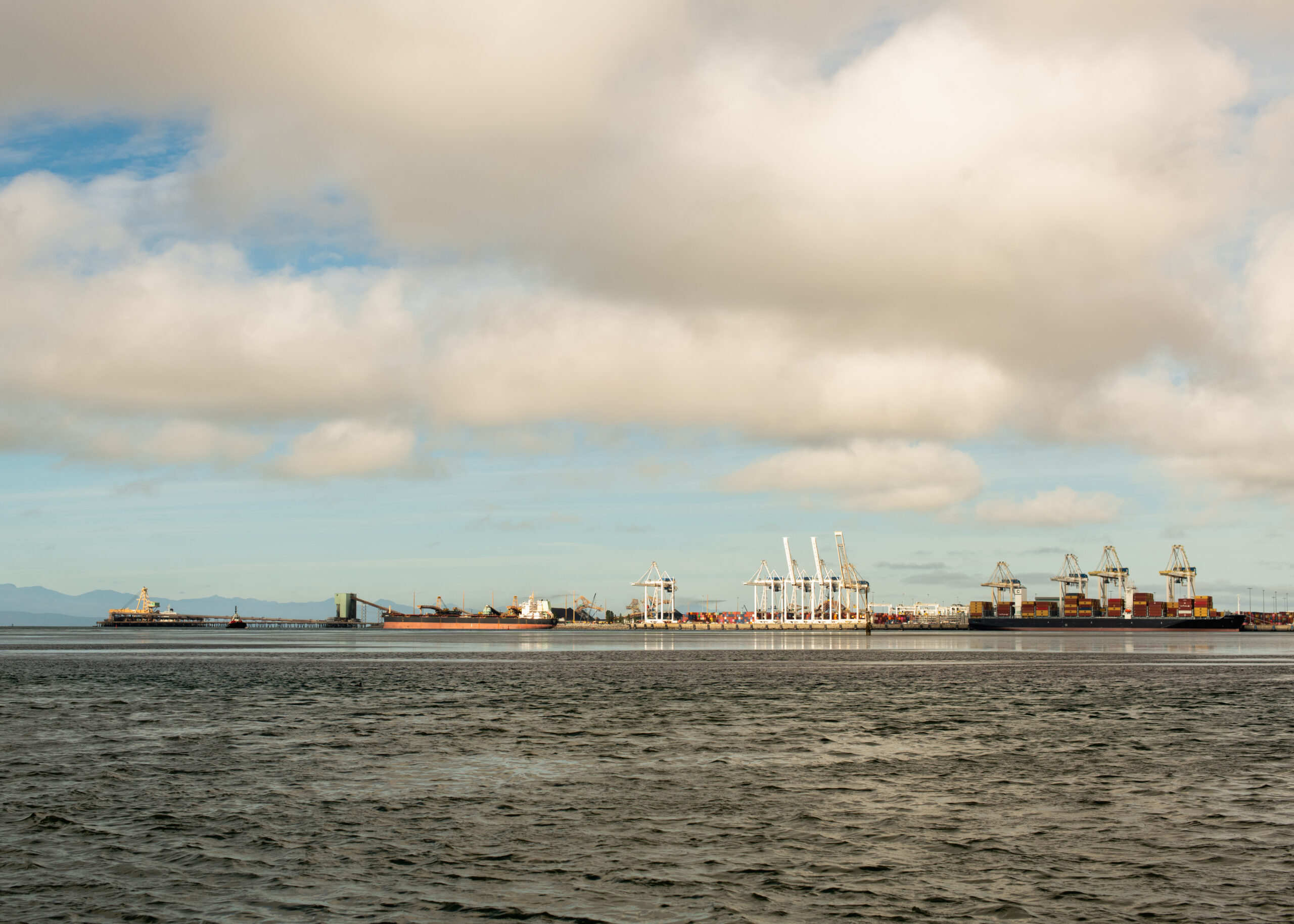
The organizations hope this assessment will drive the ministers to issue an emergency order to protect the whales, which would allow the government to prohibit activities that negatively impact the species and to take actions like increasing the distance vessels must keep from the whales. An emergency order could also temporarily halt the terminal expansion, until it is lifted. But this isn’t a surefire path. In 2018, the fisheries minister and environment minister recommended an emergency order be issued to protect the whales, but the Governor in Council (which means the Governor General acting on the advice of cabinet) declined, saying it was determined existing and planned measures will “contribute to abating” threats to the whales’ survival.
It could be a dead end, but at the moment, it’s the “strongest” legal tool left for the environmental organizations to intervene, MacDuffee said.
Since the ministers concluded there is an imminent threat, Tuytel said they are legally obligated to recommend that cabinet issue an emergency order, but as far as she knows, they have not done so yet.

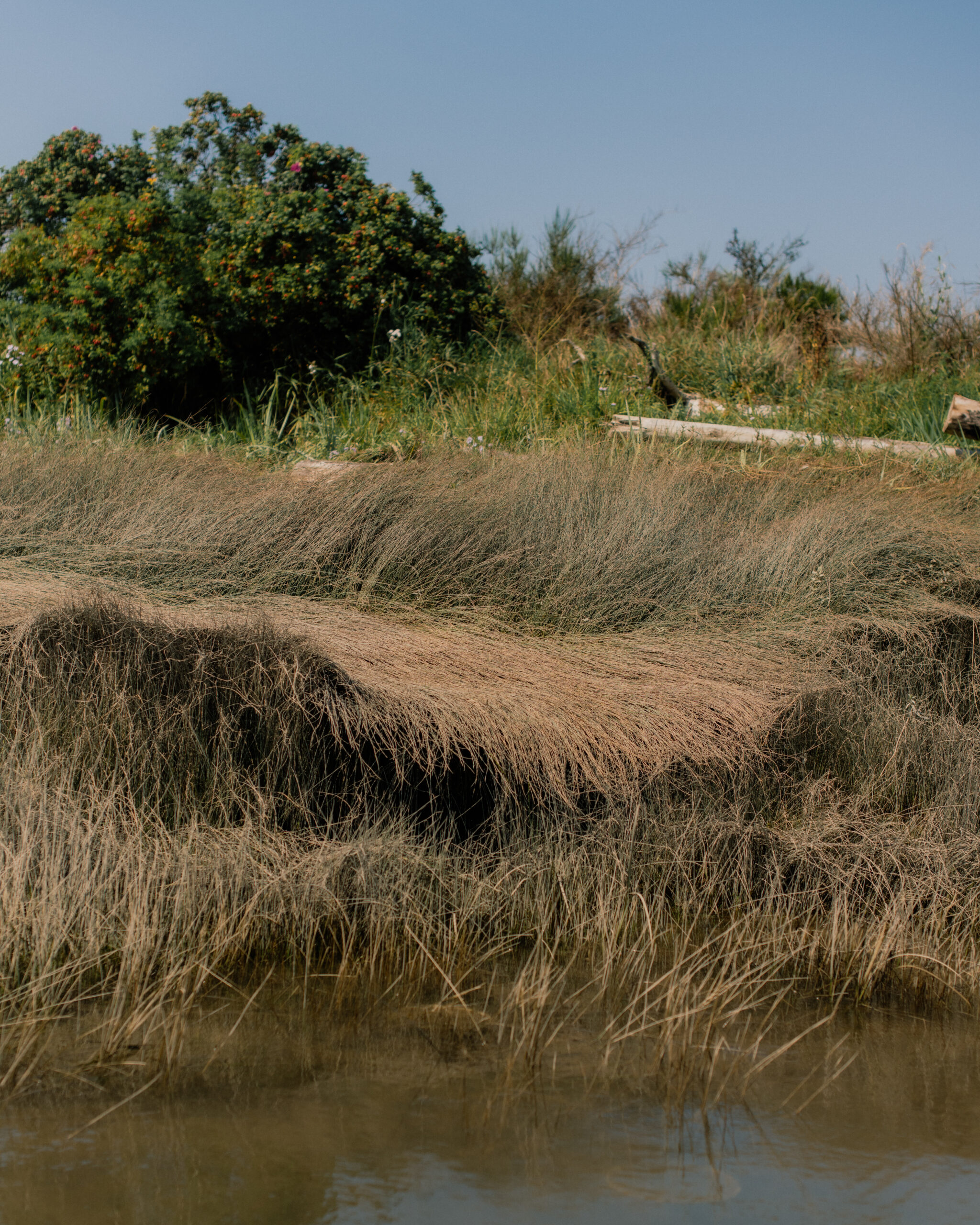
The court disagreed with Ecojustice on how expansive obligations under the Species At Risk Act are, and who is beholden to them. Ecojustice argued cabinet is also under these obligations, but the judge concluded they only apply to Guilbeault. The judge said the organizations failed to prove Guilbeault had not met his legal obligations.
Tuytel said Canada’s position in court was that “the permitting process will ultimately solve these issues.” The permit criteria outlines “the project must not jeopardize the species survival and recovery,” Tuytel said.
But the permitting process is out of the public eye, she explained. While the explanations behind permitting decisions are posted on a public registry, Tuytel said that information is often shared “well after the fact.”
She said Ecojustice and the other applicant organizations will discuss whether to appeal.
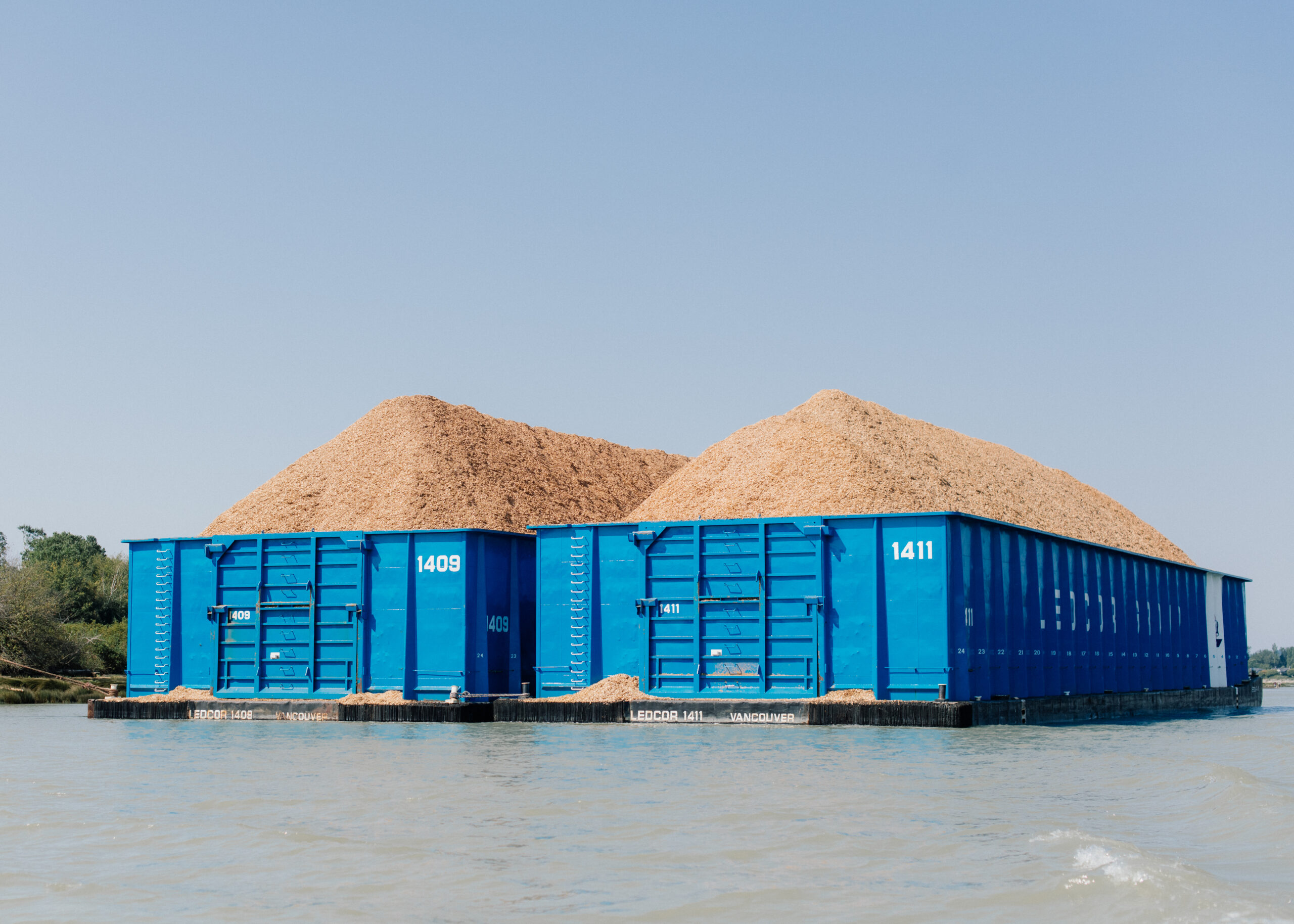
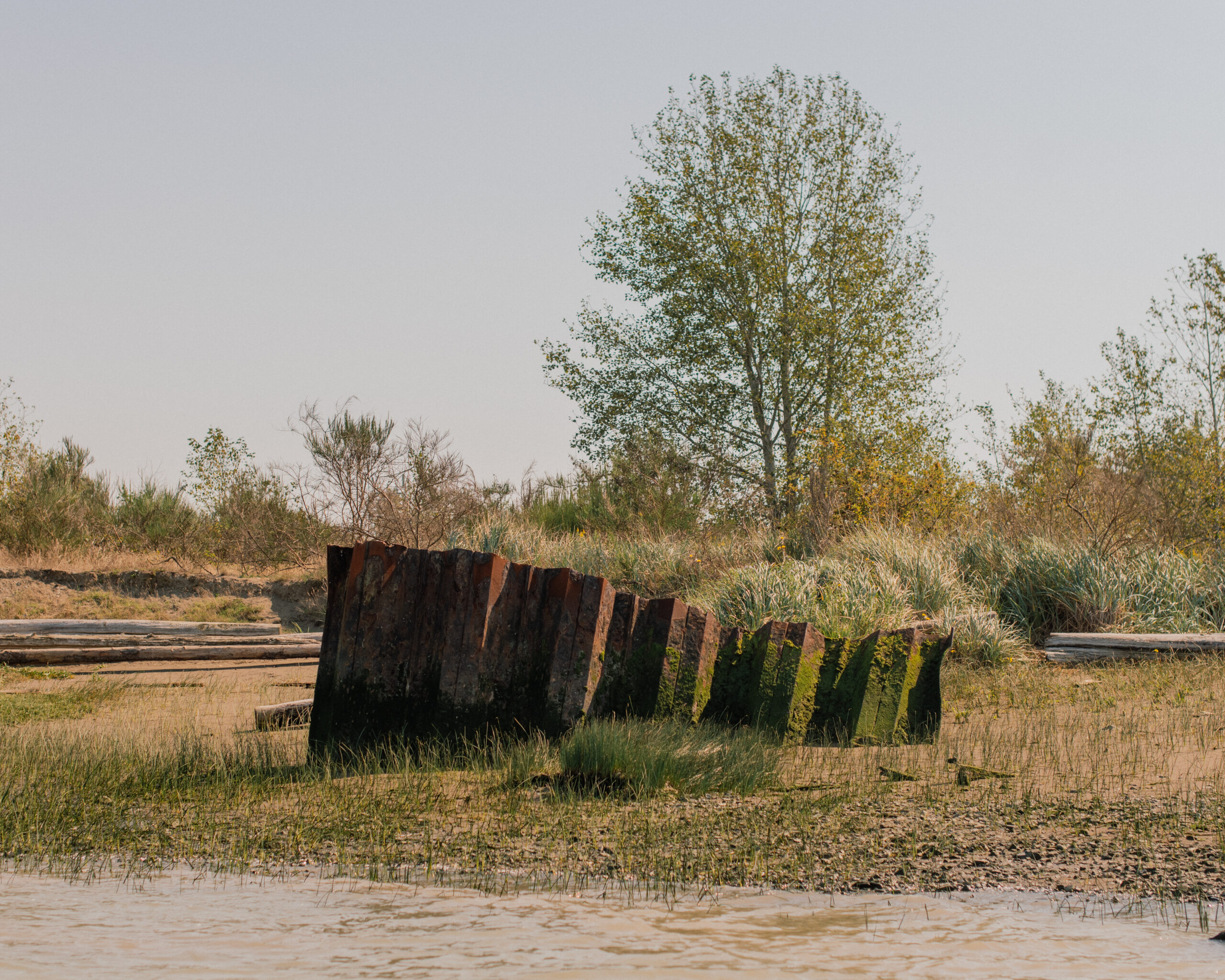
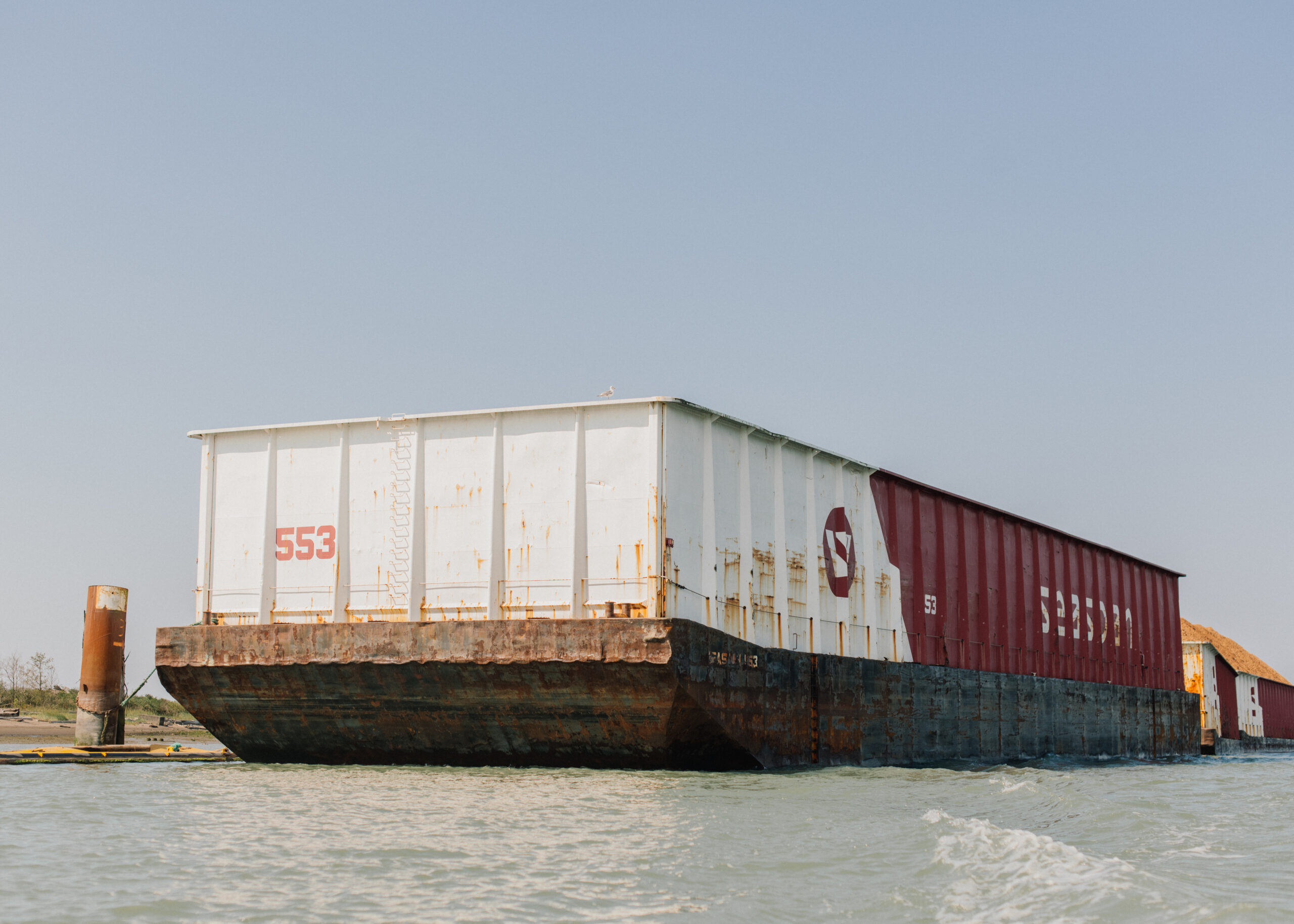
The port expansion has been fraught from the start. The cities of Delta, Richmond and White Rock all voiced opposition to the project when it was announced in April 2023. Some First Nations were initially opposed, but the port says it has signed mutual benefit agreements with 27 First Nations.
The authority is consulting with 48 First Nations and pursuing mutual benefits agreements with 28 of them, so it has one more to complete. The port authority said it could not tell The Narwhal which nation the final negotiations are with due to confidentiality.
In an emailed statement, the port authority said “positive discussions are ongoing” regarding the last agreement, “as well as ongoing consultation and engagement.”
The existing tenant at Deltaport, Global Container Terminals, initially applied to operate the new terminal, but says the port wouldn’t accept their application in order to invite more competition. Global Container Terminals began to vocally oppose the port’s Roberts Bank Terminal 2 proposal and its environmental impacts. It argued that other ongoing expansions at Prince Rupert and in Vancouver could meet the coast’s container capacity needs. The company proposed its own smaller, single-berth expansion at Roberts Bank, which it said was an alternative to the Port of Vancouver’s Terminal 2 proposal.
But the environmental impact assessment is being treated as an additional, separate proposal — not an alternative. Now that Roberts Bank Terminal 2 has been approved, Global Container Terminals is still seeking approval, leading to the potential that two separate ports will be added to the estuary.
The environmental impact assessment does not consider whether a project is needed — it just looks at the impacts.
MacDuffee said there has been a lot of talk but little action to protect southern resident killer whales, who are impacted by ocean traffic and noise.
The federal government released a draft ocean noise strategy in August, which MacDuffee called an “absolutely empty initiative.” She says the strategy recognizes the need to consult and develop targets but offers nothing but “platitudes.”
“There’s been a lot of years of talk about action targets and still nothing as a strategy to get us towards those targets,” she said. She pointed to the Trans Mountain pipeline expansion approval in 2019, when the federal cabinet said it would implement 16 recommendations to mitigate impacts of increased oil tankers on endangered orcas before shipping began. In 2024, shipping had begun — but Raincoast discovered ministers had backtracked entirely on some recommendations and had no timeline for implementing others.
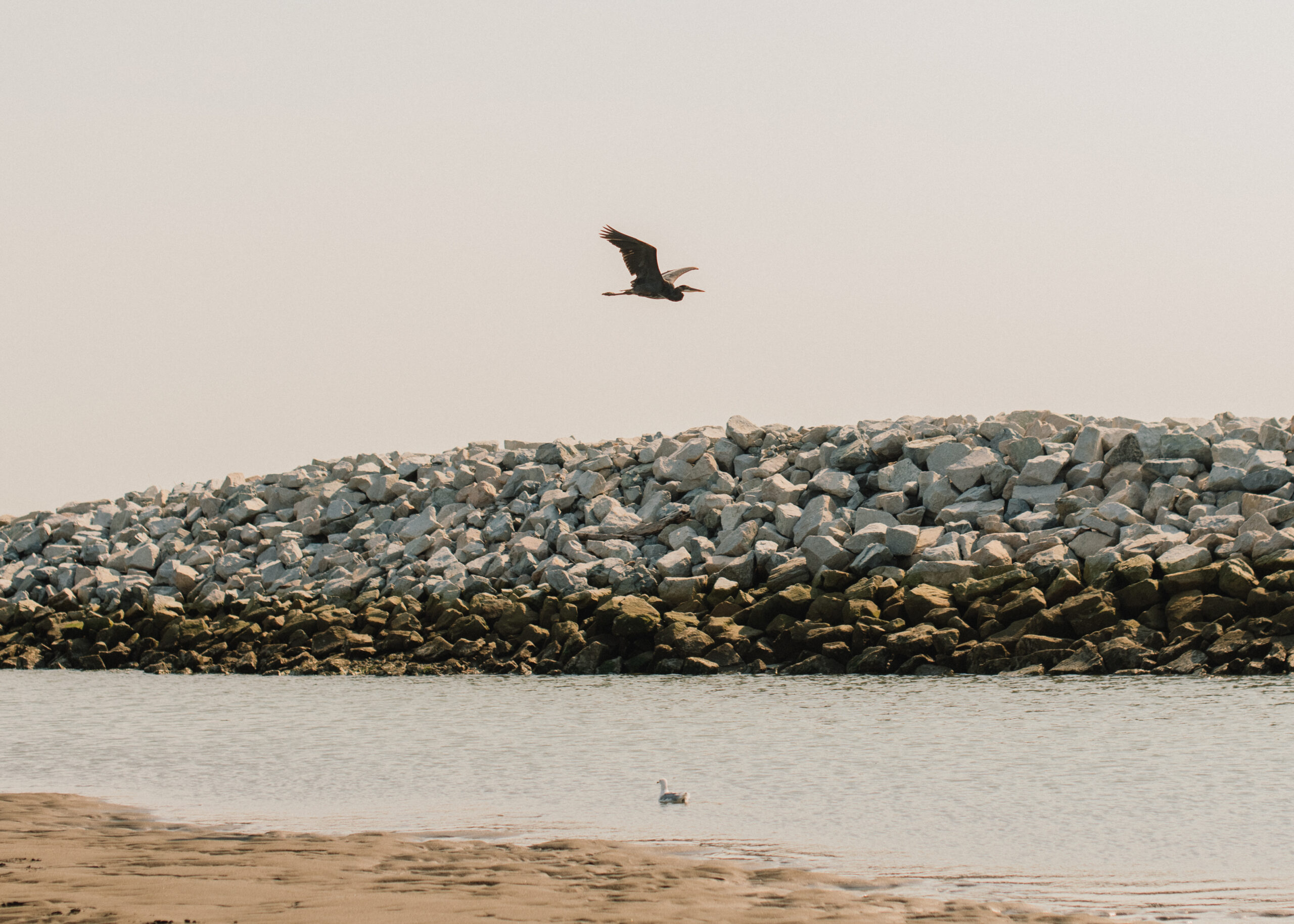
She said the 370 conditions the federal government imposed on the port expansion are filled with “soft language,” versus concrete mitigations. For example, the conditions require the port authority to explore the feasibility of breaches under the causeway for salmon to pass through. MacDuffee said it would be easy for the authority to get a quote on the cost and simply conclude breaches aren’t economically feasible, which would meet the condition without offering any ecological benefit. She would want to see a condition that bound the authority to find a way to allow salmon passage.
The impact assessment agency told The Narwhal in a statement that it is the federal government’s responsibility to ensure potentially adverse effects are mitigated.
“All of the mitigation measures outlined must be technically and economically feasible,” the agency said.
“The project is now subject to a compliance and enforcement regime. The [impact assessment agency] will verify the proponent’s compliance with the conditions before and during construction, and over the course of all project operations.”
By calling on ministers to issue an emergency order under the Species At Risk Act, the organizations hope to quash the expansion before it completes the permitting process.
“We have no more time. These whales are on an extinction trajectory,” MacDuffee said.
Updated Jan. 14, 2025, at 10:25 a.m. PT: A previous version of this story listed the groups Ecojustice is representing in petitioning the government for an emergency order to protect killer whales. It has been updated to list the groups Ecojustice is representing in an application for a judicial review of the approval of Roberts Bank Terminal 2.
Get the inside scoop on The Narwhal’s environment and climate reporting by signing up for our free newsletter. On a warm September evening nearly 15...
Continue reading
115 billion litres, 70 years to fix, $5.5 billion in lawsuits

Climate change, geopolitics and business opportunities power a blue economy

10 billion litres of sewage are dumped into Winnipeg’s lakes and rivers each year. Some...
